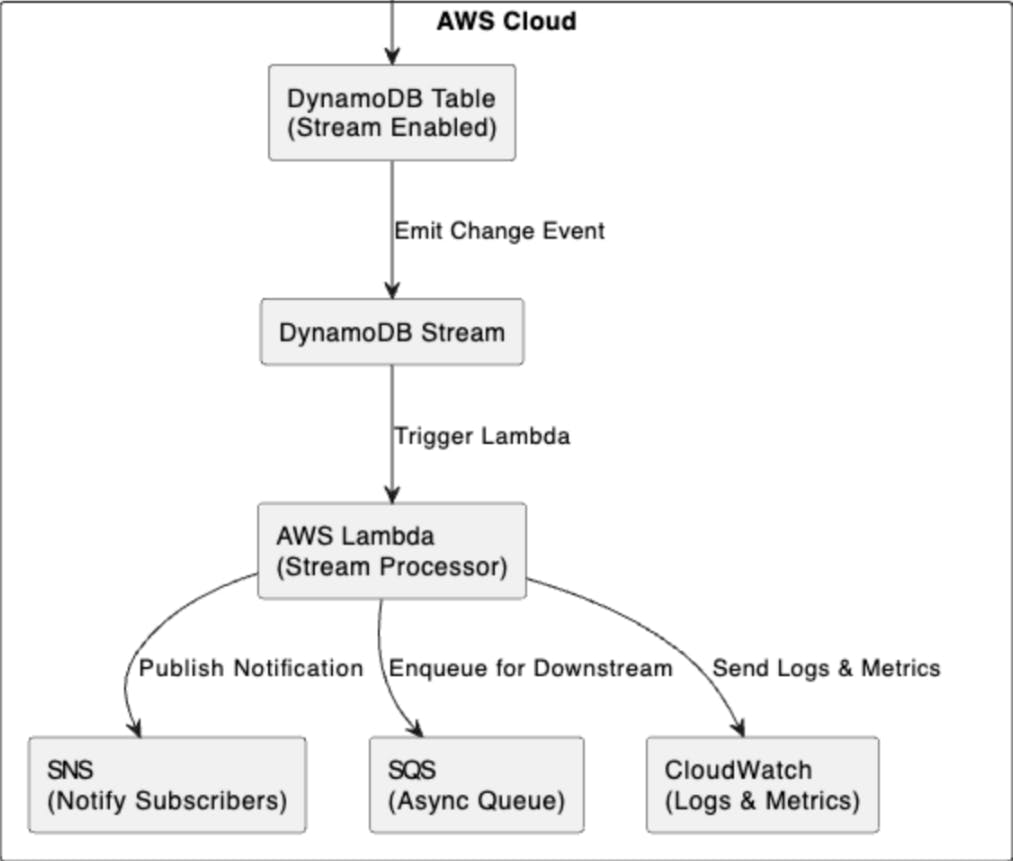
"As cloud-native architectures become the norm, developers are increasingly turning to event-driven design for building scalable and loosely coupled applications."
"Event-driven architectures offer several key advantages: Scalability, Loose Coupling, and Responsiveness, making systems more cost-effective and easier to maintain."
"When paired with serverless services like AWS Lambda, these advantages translate into systems that are cost-effective, resilient, and easy to maintain."
"DynamoDB Streams paired with AWS Lambda allows for real-time, serverless responses to data changes without manual infrastructure management."
The article discusses the growing trend of event-driven design in cloud-native architectures, focusing on AWS Lambda and DynamoDB Streams for building scalable applications. It highlights the advantages of such architectures, including scalability, loose coupling, and responsiveness, ultimately resulting in cost-effective and easily maintainable systems. A step-by-step implementation example using LocalStack is provided, demonstrating how to set up a DynamoDB table with enabled Streams and connect it to AWS Lambda for real-time processing of data changes. This approach automates workflows without requiring server maintenance, making application updates efficient.
#event-driven-architecture #aws-lambda #dynamodb-streams #cloud-native-development #serverless-computing
Read at Hackernoon
Unable to calculate read time
Collection
[
|
...
]